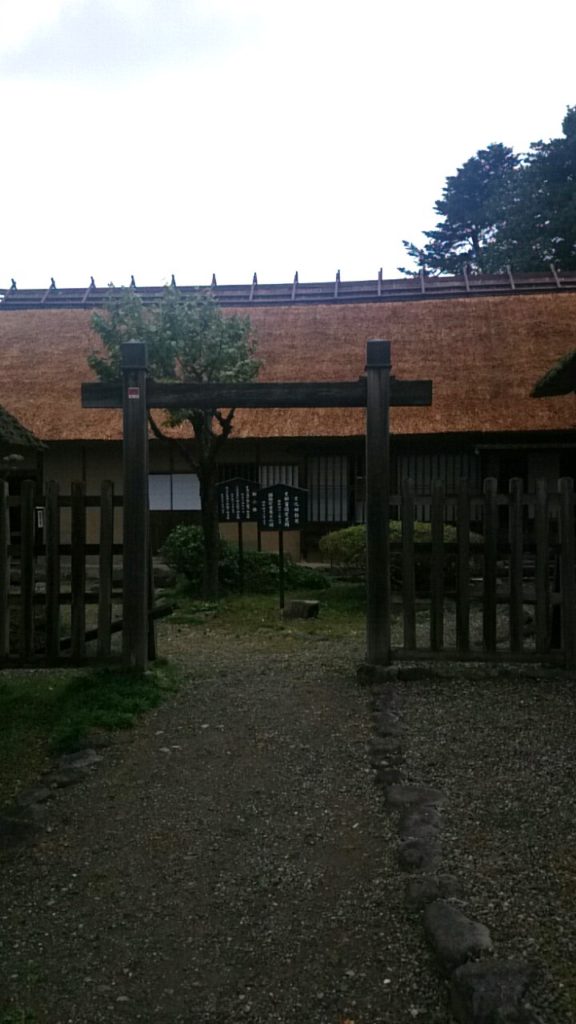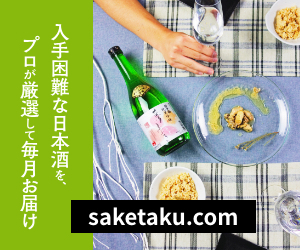- Home
- My Trip Diary
- Iimori Mountain and a story of Byakko Tai #2
Iimori Mountain and a story of Byakko Tai #2
- 2018/3/27

Good evening.
Thank you for visiting this blog.
I briefly introduced the history of Aizu’s war before Iimori Mountain’s story from Battle of Shirakawaguchi, surrender of Nihonmatsu Domain, Battle at Bonari Toge, and Battle of Tonoguchihara. Today I’d like to write about Byakko Tai’s suicide after Battle of Tonoguchihara.
Battle of Tonoguchihara
The Aizu’s Daimyo (federal lord), Katamori Matsudaira, sent his samurai soldiers to stop the new government army’s invasion who broke through Bonari Toge, and Aizu army set their headquarters in Takizawa Village which is north-east from Aizu Wakamatsu Castle.
The next photo is the building for Katamori.
This is originally a rest house for the Aizu Lord to use on the way of Sankin-kotai (the system of “alternate-attendane”), and in the war time, it was used as a camp of the army.
Byakko Tai who was waiting here as a reserve force left this camp for Tonoguchihara due to the worsened war situation on October 7th, 1686 (in the Gregorian calendar).
There are 5 group in Byakko-tai and one of them which is famous for the suicide in Iimori Mountain is “Byakko Shichu Niban Tai”, and the leader of the group was Naiki Hinata.
Hinata led his troop up to a little mountain which they could overlook Tonoguchihara, and ordered the members to stay there.
The soldiers waited for joining the battle, eating rice-balls which other groups shared to them to put up with a cold rain.
On the other hand, the leader, Hinata left his group alone for a war council, and didn’t come back for a long time.
On the next day, October 8th, the new government army started to attack, but Hinata wasn’t back yet. Therefore, Hinata’s Byakko Tai group decided to follow the vice-leader, Katsukichi Harada, and started to fight hiding in the bush against the new government to stop them from breaking into Aizu.
There was a big gap between Byakko Tai and the new government of their guns; Byakko Tai’s were called Geweer guns, which were outdate guns adopted officially by Holland over 100 years ago, and the structure was just one step advanced from a matchlock, loading from the muzzle.
On the other hand, the new government’s were muzzle-loader, Minie rifles which were adopted by Britain in 1853.
Minie’s range was 10 times as long as Geweer, and also had higher accuracy and lethal ability.
In addition, Byakko Tai was worse in the soldiers’ experience, so Byakko Tai was forced to withdraw.
To Iimori Mountain
At that time, maybe because of panic from the government’s attack, Byakko Tai left the field in some groups.
One of these groups which was led by a boy called Gisaburo Shinoda tried to enter Wakamatsu Castle through Tonoguchi Dam canal to keep away from the government’s army.
This Tonoguchi Dam canal is an irrigation canal which ran from Inawashiro Lake to Aizu Wakamatsu.
The construction started 1623 and went intermittently, and reached Aizu Wakamatsu in the work from 1693.
However, this canal went through the mountain, so sometimes water stopped when there were landslides.
In 1835, Aizu Domain repaired Tonoguchi Dam, and made a cave of 170-meter length under the ground of Iimori Mountain to run the canal instead of in the mountain of north west.
The cave’s exit of Iimori Mountain’s side is this.
The next photo is the close-up.
Byakko Shichu Niban Tai went through this narrow and dark cave to get to the castle.
The time was October in the Gregorian calendar.
The present Tokyo is still hot in October maybe because of global warming, but those days were cooler and the water should have been so cold.
I guess that the soldiers’ mental power was more than imagination as they went through such narrow cave with damaged bodies.
Iimori Mountain
If you walk a little from there, you get to Iimori Mountain’s hillside.
The soldiers saw the castle’s direction there. The sight is like the photos below.
Due to my bad shooting technique it is difficult to see, but the green area in the center of the photo above is Aizu Wakamatsu Castle. I could see the castle tower with my eyes even though it was very very small.
The Byakko Tai story which we often hear is this; When the soldiers saw the castle, the castle was veiled with fire and smoke from fires at the castle town.
They misunderstood that the castle fell, and killed them selves to share their fate with the castle.
However, according to Sadakichi Iinuma who was a member of this group and survived, there was an argument at the time to decide which to take, to break through the government’s troops and go back to the castle to fight, or to attack the enemy’s camp and fight until die.
Whichever they took, it would be very difficult for them to carry out the plan.
They finally decided to take killing themselves rather than dishonor of being captured by the enemy.
They actually knew that the castle was not burning, but they still chose death.
When I stood on that place, I thought that they could see whether the castle tower was burning or not even though it was very far away, and probably they rather couldn’t see anything if there was a fire beneath because there should have been so much smoke.
Shichu Niban Tai consisted of children of Aizu’s higher classed samurai, and they were capable soldiers after education at the domain school, Nisshinkan. That is why the members could make walking through a 170-meter dark, narrow cave.
I thought that it is strange that such well-trained boys mistook the town’s fire for the castle’s burning down.
Of course, the people concerned are not always correct, and strange things happen in an emergency, but thinking about the cave, the view from Iimori Mountain, and the backgrounds of Byakko Tai members, I thought that it is true that the boys took death rather than being captured.
Between this spot of honorable death and the cave, there are graves of 20 people who died, and monuments which were presented from Mussolini of Italy and Germany in the WW2.
To express my respect to the 20 patriots, I didn’t take any photos.
I gave incense sticks and folded my hands for repose of souls, saying in my mind that we will make a world with no wars.
It's our great pleasure if this article is helpful for you.

Restaurant Information
| Shop Name | |
|---|---|
| Prefectures | - |
| Tel | |
| Address | |
| Nearest Station | |
| Homepage | - |
| Business Hours | - |
| Holiday | |
| Introduction | |
| Sake List |
|






